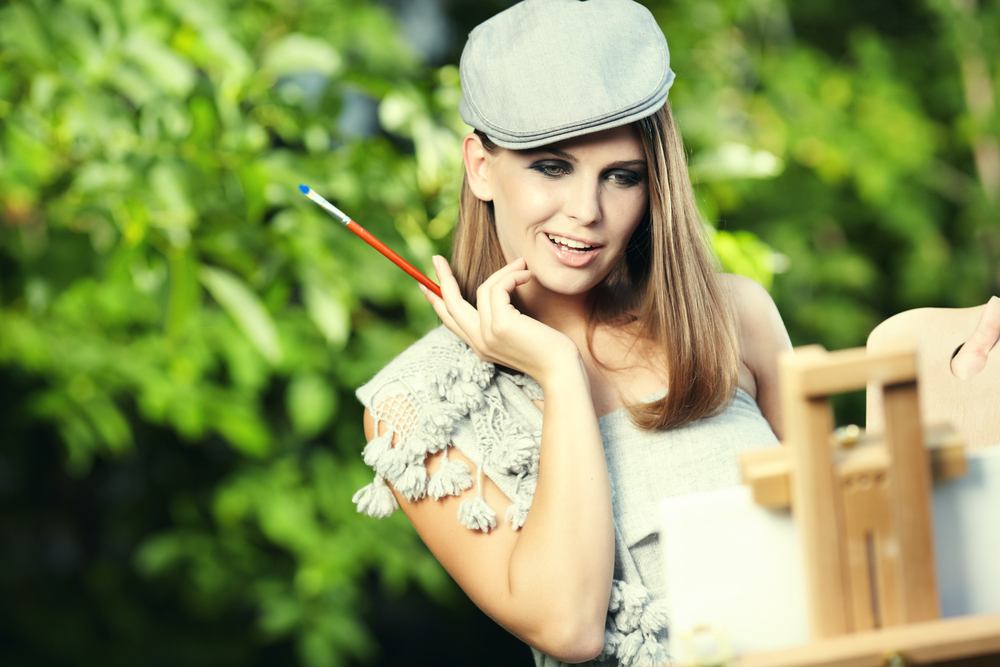Beauty and the Brain

What is beauty? You can ask any given person and most of the time you’ll get a different answer. It varies by region, culture, ethnicity, and even time. This is even ignoring the philosophical debates across time trying to define such an ephemeral concept as beauty. Internally, we know what we’re striving for when we try to be beautiful, but it is hard to know what it really means. Somewhere deep in our minds there appears to be a blueprint for the concept of beauty and that’s what we’d like to explain for OROGOLD fans. Your brain is wired to see beauty, but what it means exactly is more interesting than you’d think. The truth is that it has much more to do with your brain than your body. Well, your brain and your experiences in life to be precise.
What’s In A Face?
The most common beauty lament people have is that they’re afraid they simply look average. Celebrities wander the large and small screens and seem larger than life. As perfect as they appear, it leaves most people thinking there must be something truly extraordinary about their appearance. This may not be the case if you look at the science of beauty though. Celebrities may, in fact, be stunningly average. They aren’t average appearing to us on the surface though. The average aspect comes from the deep-rooted parts of our brain responsible for a primal recognition of what a face looks like. Those we consider of exceptional appearance have the closer internal match to this internal blueprint than others. Symmetry is especially important in this as highly symmetrical faces tends to be considered the most attractive.
What Of Art?
Art is a little harder to quantify than the face. Most of us can look at a piece of art, hear music, or see a well-performed play and simply know there is something sublime when it is done well. The trick is in defining what “done well” means to an individual. More often than not our sense of artistic beauty is defined by our culture. Scientists have repeatedly tried to figure out if there are any true commonalities in cultural definitions of artistic beauty, but there seldom appears to be anything noticeable. Interestingly though, there is a commonality buried in your brain again. All people experiencing beautiful art, whether OROGOLD fans or not, have the pleasure centers of their brain respond. What we find beautiful causes our brain to reward us for experiencing it. This is what causes us to fall in love with pieces of art and desire to experience them time and time again.
What About Me?
Skin care and beauty regimes are defined by the constant wish to feel we look our best and as beautiful as we can. There always seems to be something waiting that most of us notice about our appearance that we just can’t stand or that we inevitably feel detracts from our appearance. It turns out this is in your brain too. Scientists have repeatedly confirmed that people are their own worst enemy when it comes to their appearance. Most of us always find faults. It isn’t our fault that we’re so self-critical though. We’re a social species and what others have said to us about our appearance directly impacts our self-perception. People with high self-esteem are somewhat insulated from this effect, but it still touches them. This bit of science at least makes the case to believe our friends when they tell us we look fine despite our worries.
Beauty is a difficult concept to decipher whether you’re using science from another discipline. OROGOLD, as a skin care and beauty company, tries to help people find and cultivate their own beauty. It turns out there is only so much anyone can do as how your brain perceives things is as crucial to beauty as the products you use. In that light, it seems fitting to remember to appreciate what you like about your appearance during your daily routines. It could go a long way towards helping you see the beauty others see even when you worry.

